Midges in indoor flowers: reasons for their appearance and how to get rid of
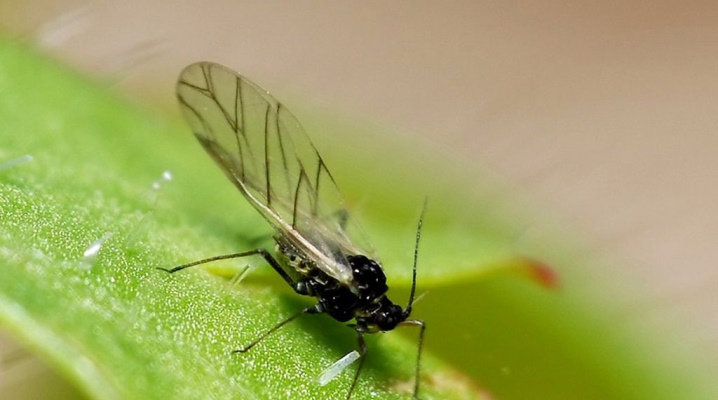
Midges in houseplants are a problem that every housewife who loves house flowers has encountered in her life. Today we will talk about the reasons for the appearance of such pests, as well as how to quickly and effectively deal with them.
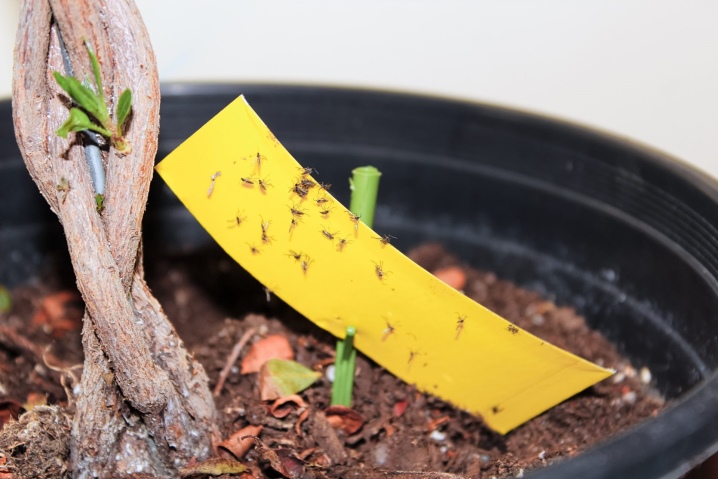
Reasons for the appearance
Midges start in the ground of indoor plants for a reason. Let's consider the main reasons for their occurrence.
- Insects in your flower pots may appear if if you initially picked up poor-quality soil... If the soil contains plant elements that have not yet completely rotted, then it will become a bait for unwanted pests.
- Frequent and abundant watering, and also use for humidification not only water, but also other liquids (for example, tea). In this case, the plants begin to rot and become more and more attractive to midges.
- If you transplant flowers into a new pot, which is too large in size, the roots of the plant will not be able to absorb all the water.
- Improper use of organic fertilizers can also cause pests to appear in the soil.


Why are midges dangerous?
Although midges are very small insects in size, they can do a lot of harm to your houseplants. So, their vital activity can lead to partial or even complete death of the flower. And you also need to keep in mind that these insects are carriers of various types of diseases that are dangerous not only for plants, but also for people.
Thus, if you notice that midges have appeared in your indoor plants, you need to immediately start eliminating them.
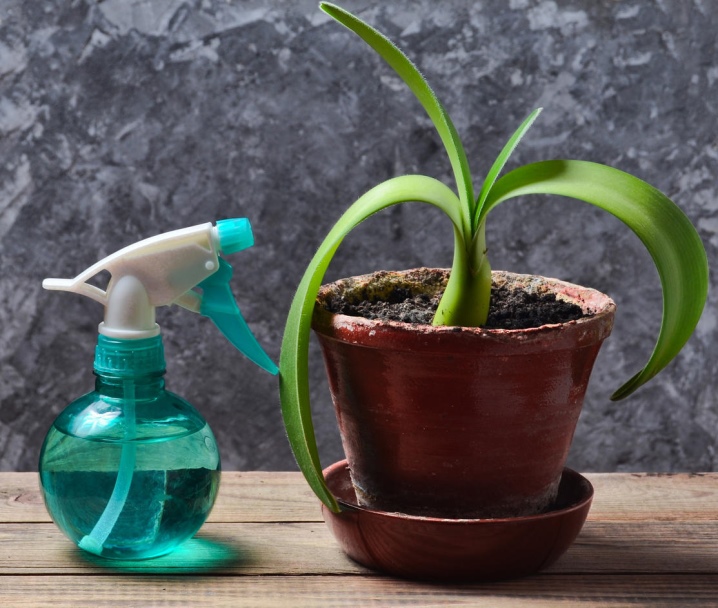
Insect species and their signs
Let's take a closer look at the types of insects that can start in your indoor flowers.
Legs
Legs - these are small flies, the color of which ranges from white to brown... The periods of their development are late winter and early spring. Most often, such pests arise in moist soil, where they lay eggs and can destroy the roots of the plant at high speed.
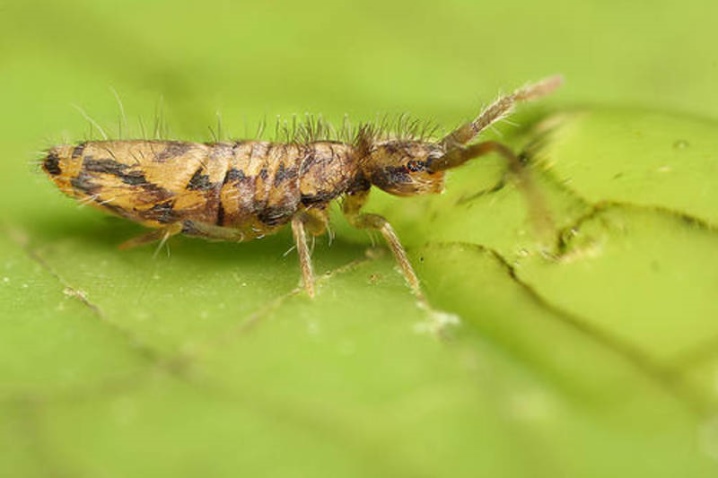
Whiteflies
The size of small whiteflies reaches a maximum of 3 mm. They can appear due to high indoor temperatures, high levels of humidity and densely planted plants. Whiteflies not only fly over plants, but also suck out all the juices from them, so they themselves are one of the most harmful insects. Whiteflies carry dangerous diseases, so if they occur, urgent measures must be taken to destroy them.
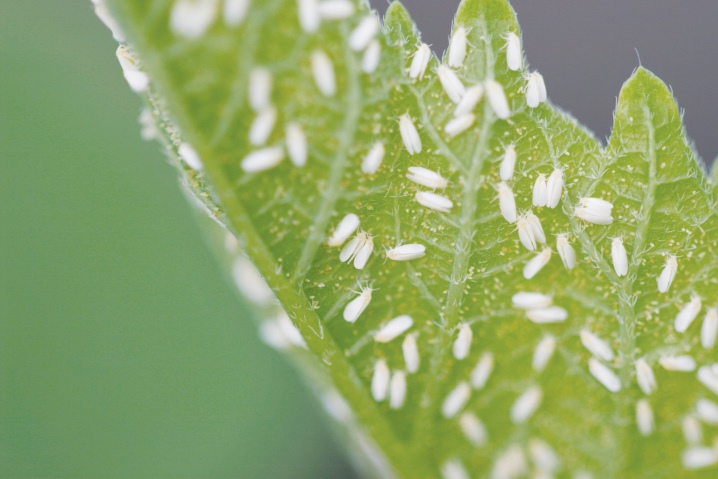
Mushroom gnats
Earthen mushroom gnats (or sciarids) are black in color, therefore they are quite difficult to notice against the background of the soil. The midges themselves cause inconvenience only to humans, but the larvae of these pests have a negative effect on the plant. So, they gnaw the roots of the flower, thereby depriving the plant of all trace elements necessary for its growth and development.
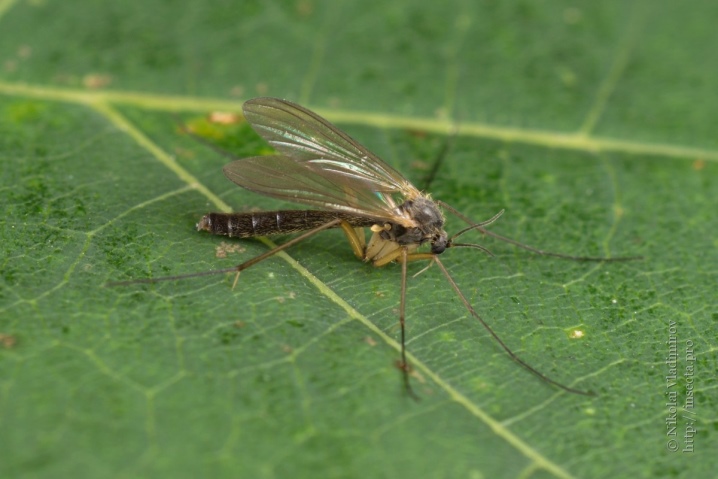
Fruit flies
Drosophila (or fruit flies) are some of the most insects harmless to house plants. They create discomfort for a person, but do not harm the plant itself.
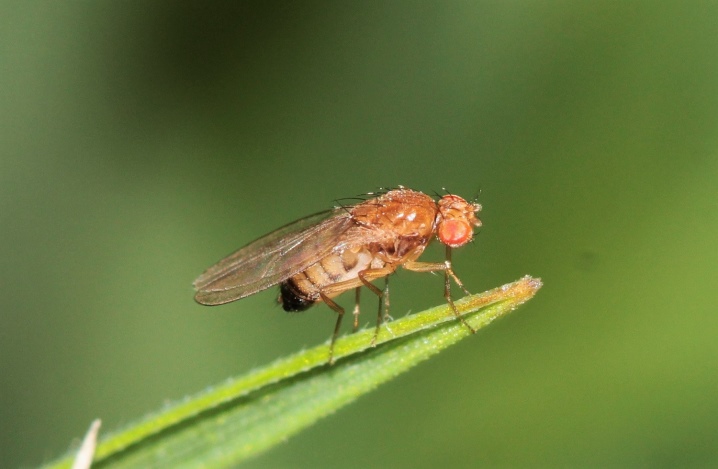
Lacewing
The color of lacewings is light green, and they have long wings that are translucent. By nature, lacewings are these are not pests, because their larvae do not feed on the plant itself, but on those dangerous insects that already live around them.
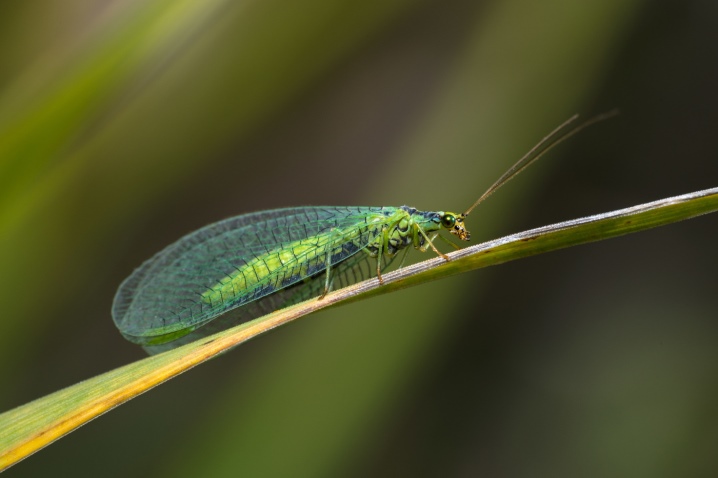
Thrips
Thrips suck vital juices from the plants on which they live. They can be easily spotted in a pot. Coloring can be varied - it all depends on the specific type of insect. In addition, thrips leave traces of their stay on the flower, namely brown sticky spots. Insects reproduce very quickly and are carriers of fungal diseases.

How to deal with them?
You can remove pests from your indoor plants both with folk remedies at home and with special preparations.
Folk remedies
If pests are bred in your indoor flowers, then you can get rid of them through folk remedies. Let's take a look at some of them.
- Tar soap solution... It should be borne in mind right away that he must be of rather weak concentration. Water the potted plants with the solution, after which you will be able to destroy the pests.
- Ash. You can treat indoor plants and the soil in which they grow with wood ash or tobacco ash. To do this, cover the top layer of soil with the composition. This method is considered one of the most effective, since midges are very sensitive to all sorts of odors.
- Garlic tincture. To prepare the tincture, grate the garlic and pour boiling water over it. Then you need to wait until the liquid cools down, and then filter it out.
- Potassium permanganate... A weak solution of potassium permanganate will help you remove midges from your home, which should be sprayed on the plants. This procedure is recommended to be carried out once every 7 days.
- Sulfur. To obtain sulfur, matches are used. They need to be pushed head down into the soil and replaced daily.

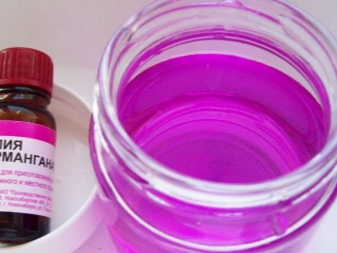
Special drugs
To simplify the task of getting rid of pests, you can use not only folk remedies, but also specially designed means (for example, powders, ammonia, and others).
Several drugs are distinguished among the most effective remedies.
- "Mukhoed, G".
- Inta-Vir.
- Fitoverm.
- Actellik.
- Bona Forte.
They need to be purchased at specialty stores.
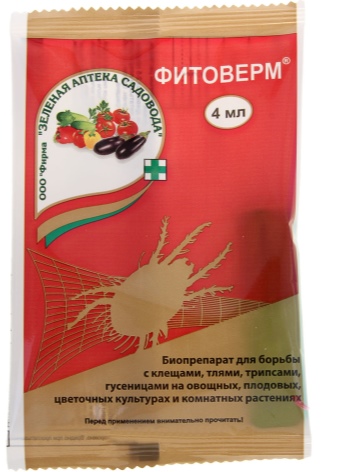
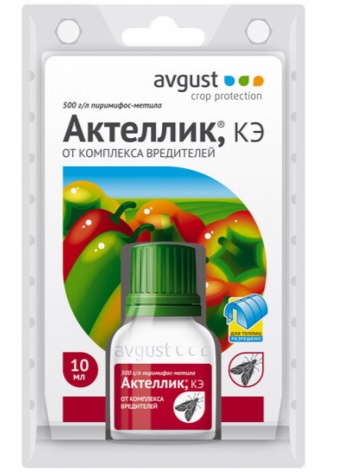
Prophylaxis
Prevention of various diseases of indoor plants is the best treatment. That is why, in order to reduce the risk of pests at home, experienced and competent housewives scare away unwanted insects. There are several simple and proven methods for this.
- Do not water too often and intensively indoor flowers (especially in winter and autumn).
- Before transplanting the plant to the bottom of the pot it is recommended to lay out the so-called drainage layer. It can be expanded clay, pebbles, river sand or other material.
- When transplanting do not forget to pre-clean the roots. This procedure must be performed very carefully and thoroughly.
- In your house on the windows you need to install mosquito netthat will prevent the penetration of unwanted pests.
- If you are replanting the plant into a new pot, then scald the container with boiling water in advance.
- To feed and feed indoor plants, use only mineral formulationsthat are sold in specialized stores. Avoid organic fertilizers.
- Do not forget regularly loosen the soil under the flowers.
- Pour a layer of pebbles or stone chips on top of the soil, which will prevent the penetration of pests into the depths.
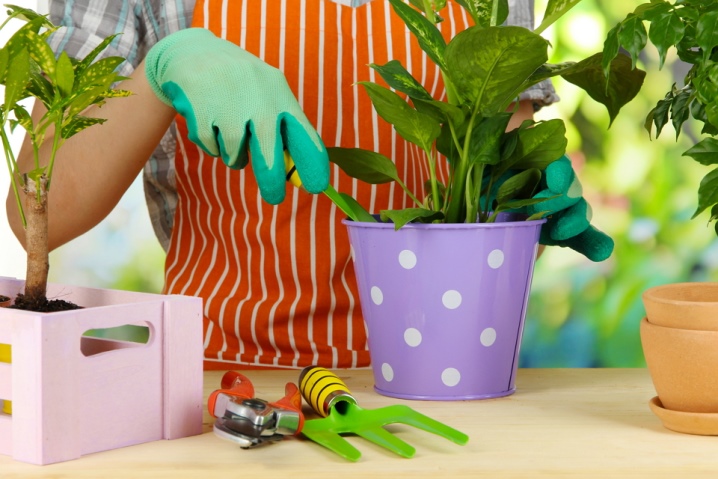
For information on how to get rid of midges in indoor flowers, see the next video.































The comment was sent successfully.